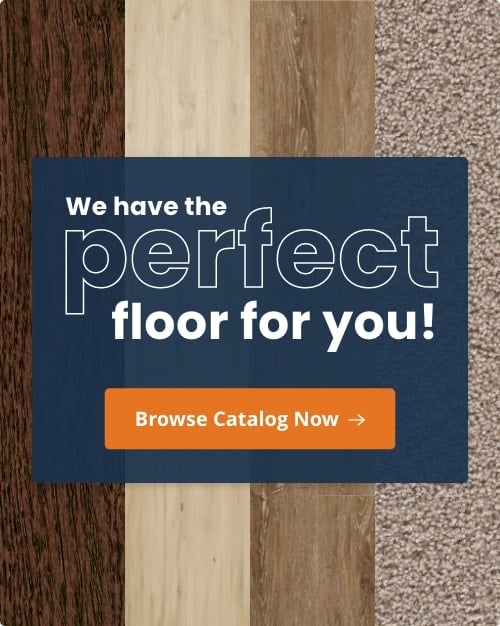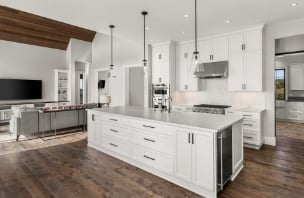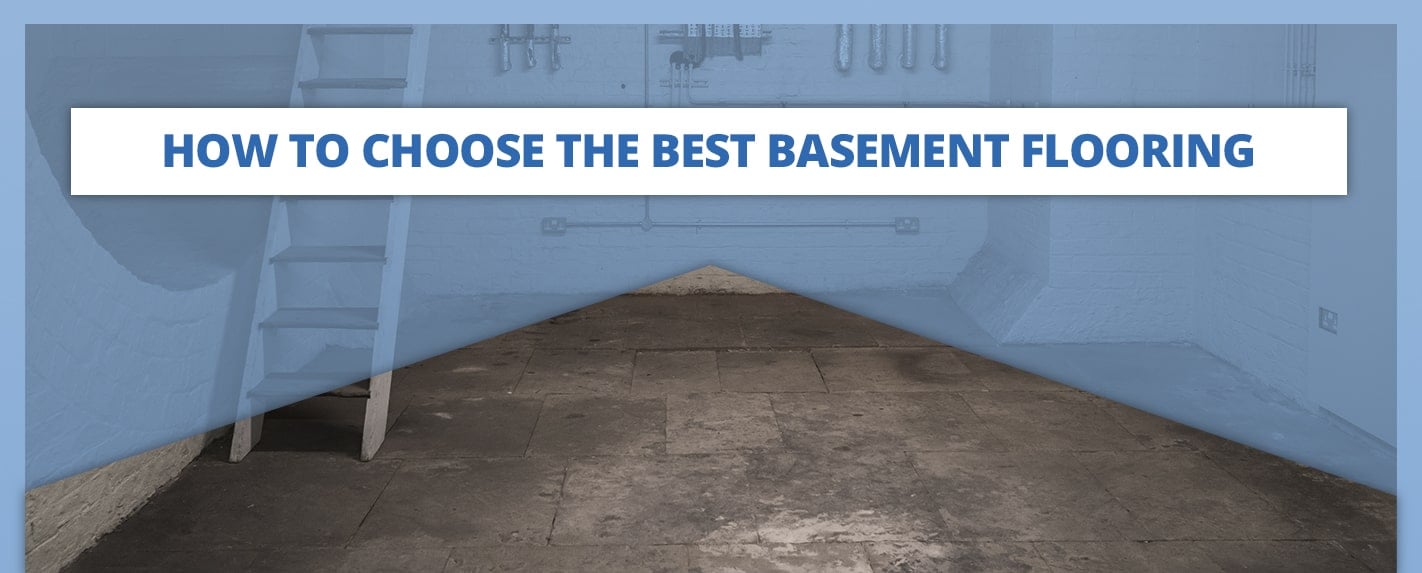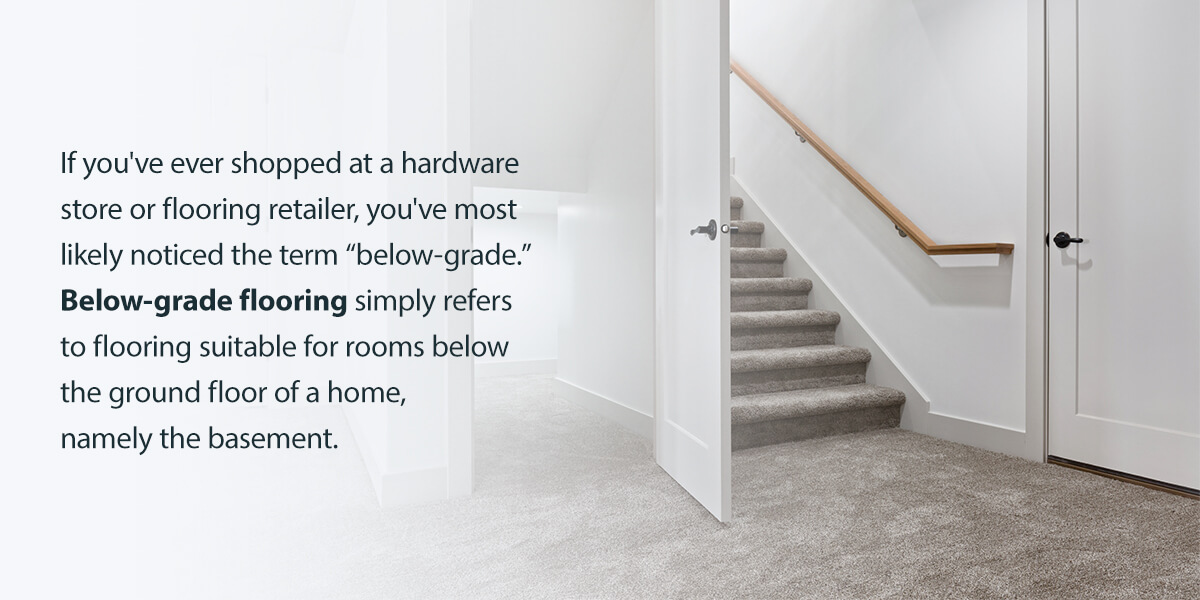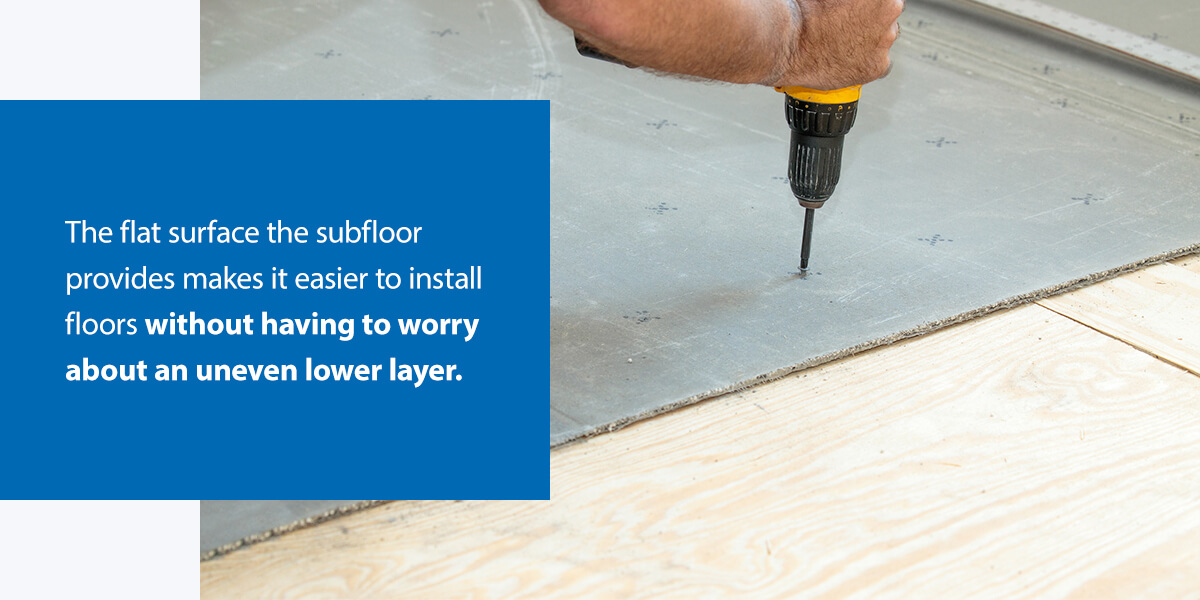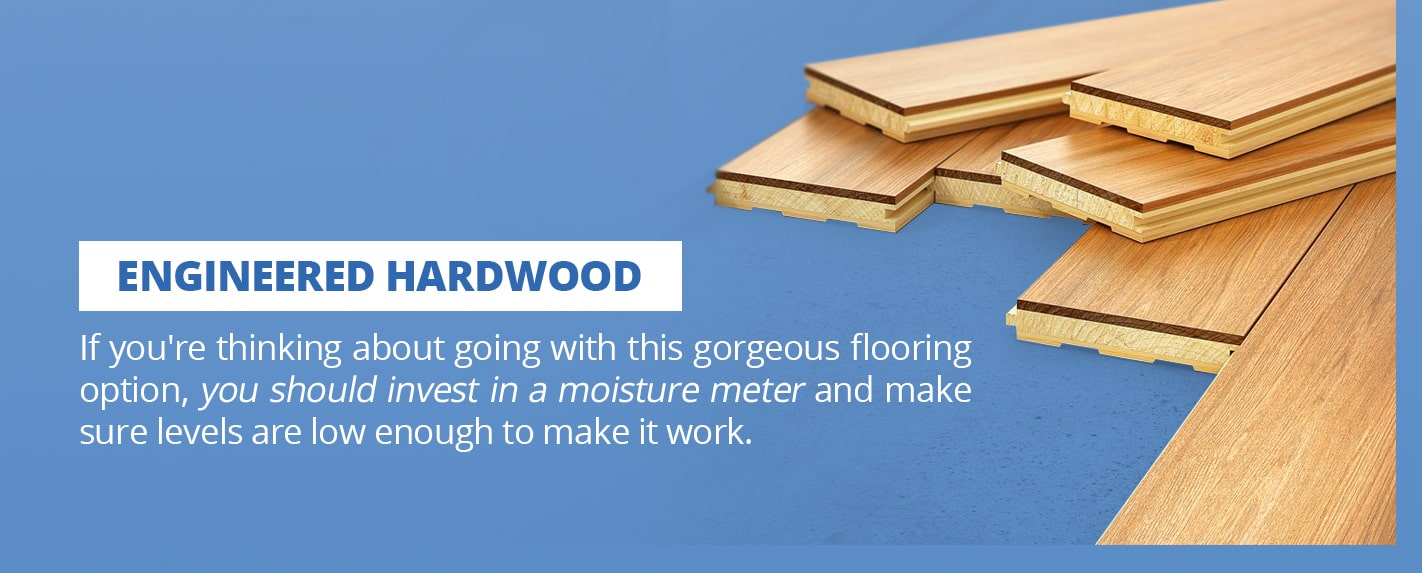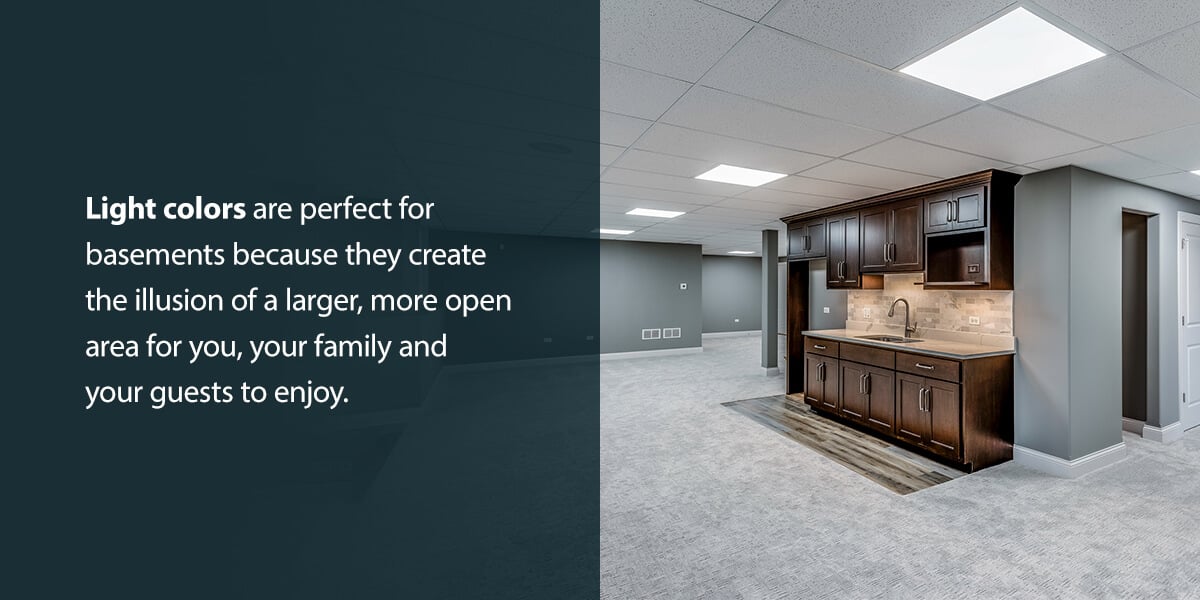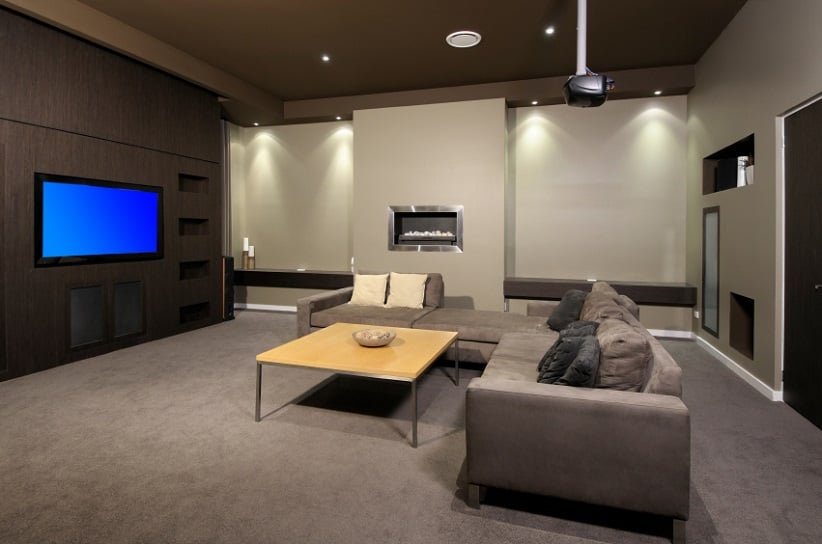The Benefits of Using Epoxy Floor Coatings on Concrete Basement Floors
Epoxy floor coatings offer a multitude of advantages for concrete basement floors. Here are some key benefits that make it a popular choice:
- Durability: Epoxy creates a robust, long-lasting surface that can withstand heavy foot traffic and resist wear and tear.
- Moisture Resistance: Basements often face issues with dampness, but epoxy coatings provide a seamless barrier that protects against moisture and prevents mold and mildew growth.
- Easy Maintenance: The smooth, non-porous finish of epoxy is simple to clean, requiring minimal effort to keep it looking pristine.
- Enhanced Aesthetics: Offering a sleek and polished appearance, epoxy floor coatings can transform a dull basement into a modern, attractive space.
- Chemical Resistance: Epoxy floors can endure spills of common household chemicals, making it ideal for utility areas and workshops.
These benefits combined make epoxy floor coatings not just a practical solution, but also a visually appealing upgrade for any basement setting.
What is the Best Way to Finish a Concrete Basement Floor?
The best way to finish a concrete basement floor is to apply an epoxy floor coating. This solution not only enhances the durability of your flooring but also improves its aesthetic appeal. Epoxy coatings create a smooth, seamless surface that is highly resistant to moisture—crucial for basement environments where dampness is a common issue.
Moreover, epoxy is incredibly easy to clean and maintain, offering a sleek, polished finish that can dramatically improve the look of your basement. By opting for this type of coating, you’ll ensure a longer lifespan for your concrete floor while achieving a modern, attractive appearance.
Advantages of Using Carpet in Dry Basements
Carpeting in a dry basement can offer numerous benefits, making your underground space both comfortable and inviting. Here are some key advantages:
- Enhanced Comfort: Carpet provides a soft and warm surface to walk on, creating a cozy atmosphere that is perfect for family rooms, play areas, or home offices.
- Insulation: A well-chosen carpet can add an extra layer of thermal insulation, helping to keep your basement warmer during colder months and potentially lowering your heating bills.
- Noise Reduction: Carpeting has excellent sound-absorbing properties, which can significantly reduce noise levels. This makes it ideal for basements used as entertainment areas or home theaters.
- Wide Range of Styles: With a vast array of colors, patterns, and textures available, carpet allows you to easily match your basement’s decor and personal style, creating a unique and aesthetic space.
- Easy Maintenance: Opt for carpet tiles over traditional wall-to-wall carpeting. Carpet tiles are particularly advantageous as they can be easily replaced if damaged, saving you time and money on repairs.
When choosing carpet for a dry basement, consider dense, low-pile options for maximum durability and longevity. This way, you can enjoy all the benefits of comfortable, stylish, and functional flooring in one of the most versatile spaces in your home.
The Benefits of Using Tile Flooring in Basements
Are you debating the best flooring option for your basement? Tile flooring offers compelling advantages that make it a wise investment. Here are some key benefits:
Durability and Longevity
Tile is designed to withstand heavy foot traffic and wear over time. Unlike other flooring options, once installed, it can last for decades without losing its luster. This makes it an economical choice in the long run.
Water Resistance
Basements are often prone to dampness and occasional flooding. Tile flooring’s waterproof nature ensures that it remains unaffected by moisture, preventing issues such as warping or water damage.
Mold and Mildew Resistance
Thanks to its non-porous surface, tile does not easily harbor mold or mildew. This feature is particularly crucial for basements, which can be humid and more susceptible to these problems.
Aesthetic Appeal
Tiles come in a wide array of styles, colors, and finishes, allowing you to create a high-end look in your basement. Whether you prefer a modern, sleek design or a classic rustic vibe, tile offers versatile choices to match your taste.
Temperature Control
While tile can feel cold underfoot in cooler climates, this can be easily remedied with area rugs or underfloor heating systems. Conversely, in warmer regions, tile provides a cool surface that helps keep your basement comfortable during hot months.
Easy Maintenance
Tiles are straightforward to clean and maintain. Spills and dirt can be quickly wiped away, and regular sweeping and mopping are generally all you need to keep your tile floors looking pristine.
Practical Considerations
- Hypoallergenic: Tile doesn’t trap dust or allergens, making it a good choice for those with allergies.
- Eco-Friendly: Many tile options are made from natural materials and can be recycled.
In summary, tile flooring offers a blend of durability, style, and practical benefits that make it an excellent choice for basements. With proper care, it provides a long-lasting, aesthetically pleasing solution tailored for both cool and warm climates.

